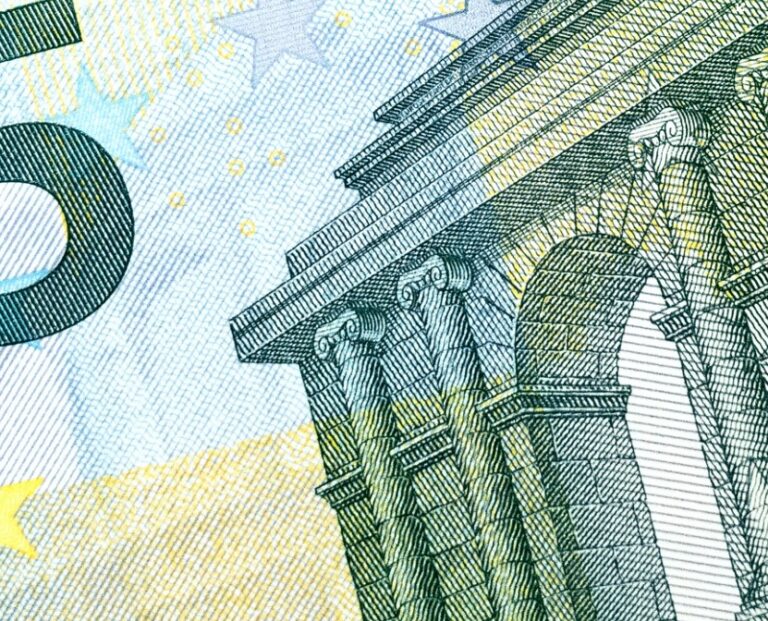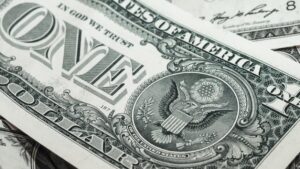Devaluation is like a country giving its money a “price cut.” Think of it as marking down the price tag on the nation’s currency. Why? There are a few reasons. Some countries adjust the value of their money on purpose. They do this compared to other currencies or certain standards. This action is what we call “devaluation.”
Mainly, countries with a fixed or semi-fixed way of deciding their currency’s value use this tool. It’s a part of their toolkit for shaping their economy. This guide dives deep into devaluation: what it really is and how it works. So, if you’ve ever wondered why or how countries change the value of their money, you’re in the right place.
Table of Contents
Devaluation strategy
When a country uses a devaluation strategy, it’s like they’re putting a sale sticker on their money. Their currency becomes less expensive. So, what’s the result?
Their products become cheaper for people in other countries. This means more people buy these products. These products are called “exports”. When exports are cheaper, they tend to sell more.
On the flip side, products from other countries become pricier. So, people in the devaluing country buy less from abroad. These foreign products are called “imports”. When imports are expensive, fewer are bought.
Why do countries do this?
The main goal is to balance trade. A country wants to sell more to other countries (exports) and buy less from them (imports). By doing this, they can shrink the trade gap, which is when a country buys more from others than it sells.
Devaluation is a tactic. It helps countries sell more abroad, buy less from abroad, and balance their trade books.
Pros of devaluation
The following are some of the benefits of devaluation:
- Boosts exports
- When a country devalues its money, its goods become cheaper for others;
- This means more people from other countries might buy them.
- Helps local businesses
- If foreign goods become pricier, folks might choose local products instead;
- Local businesses can see more sales and growth.
- Reduces trade deficit
- A trade deficit happens when a country buys more from others than it sells;
- With more exports and fewer imports, this gap can shrink.
- Easier debt payments
- If a country owes money in its own currency, devaluation can make it easier to pay back;
- This is because the debt’s value might drop.
- Attracts tourists
- A cheaper currency can mean cheaper travel costs;
- More tourists might visit, helping the local economy.
Devaluation can help a country sell more goods, support its businesses, and attract visitors.
The consequences of devaluation
What happens when a country devalues its money?
- Exports get a boost: Since the country’s money is worth less, its goods become cheaper for others. This means other countries might buy more from them;
- Imports cost more: On the flip side, buying things from other countries becomes pricier. So, people might think twice before buying foreign products;
- People’s spending power might drop: If you live in that country, your money might not go as far as before. Imagine going to the store and finding prices have gone up. This can happen because importing stuff costs more;
- Inflation can kick in: With higher prices for goods, the general cost of living might rise. This means things become more expensive over time;
- Debts could change: If the country owes money to others, the value of that debt might shift. Sometimes, this can be good; other times, not so much;
- Foreign investors might think twice: If a country keeps devaluing its currency, people from other countries might be wary about investing there.
Devaluing currency has some benefits, like boosting exports. But it also has risks, like rising prices. Every country has to weigh these pros and cons before making a move.
Case study: China’s managed devaluation
Let’s take a look at a real-world example: China’s managed devaluation.
- What did China do?
- China didn’t let its currency float freely. Instead, they controlled its value.
- They made their currency, the yuan, worth less compared to other currencies.
- Why did they do it?
- China wanted to boost its exports. With a cheaper yuan, Chinese goods became more affordable for other countries.
- It helped China keep its products competitive in the global market.
- What happened next?
- More countries bought Chinese goods. This means China’s exports went up.
- At the same time, foreign goods became pricier in China. So, China bought less from other countries.
- The side effects?
- Some countries weren’t happy. They felt China was getting an unfair trade advantage.
- There were talks and debates in the global community about trade and currency fairness.
China’s managed devaluation shows how a country can use currency value to shape its trade. It also reminds us that such moves can stir discussions and reactions on the world stage.
China’s strategy was to make its currency cheaper. This helped its trade but also sparked global talks. It’s a classic example of how currency moves can ripple out in big ways.
Devaluation can influence global trade and strengthen local businesses
Understanding devaluation is crucial in today’s global economy. By adjusting the value of its currency, a country can influence its trade, bolster local businesses, and make strategic economic decisions.
However, like all financial tools, devaluation must be used with caution. Its benefits can be significant, but it’s essential to weigh them against potential risks.
As we’ve seen through China’s case study, every currency move can create ripples across the world. So, whether you’re a student, a business owner, or just curious about global affairs, knowing the ins and outs of devaluation can give you valuable insights into the interconnected world of economics.
Read also: A guide to monetary policies: 10 points to understand them












